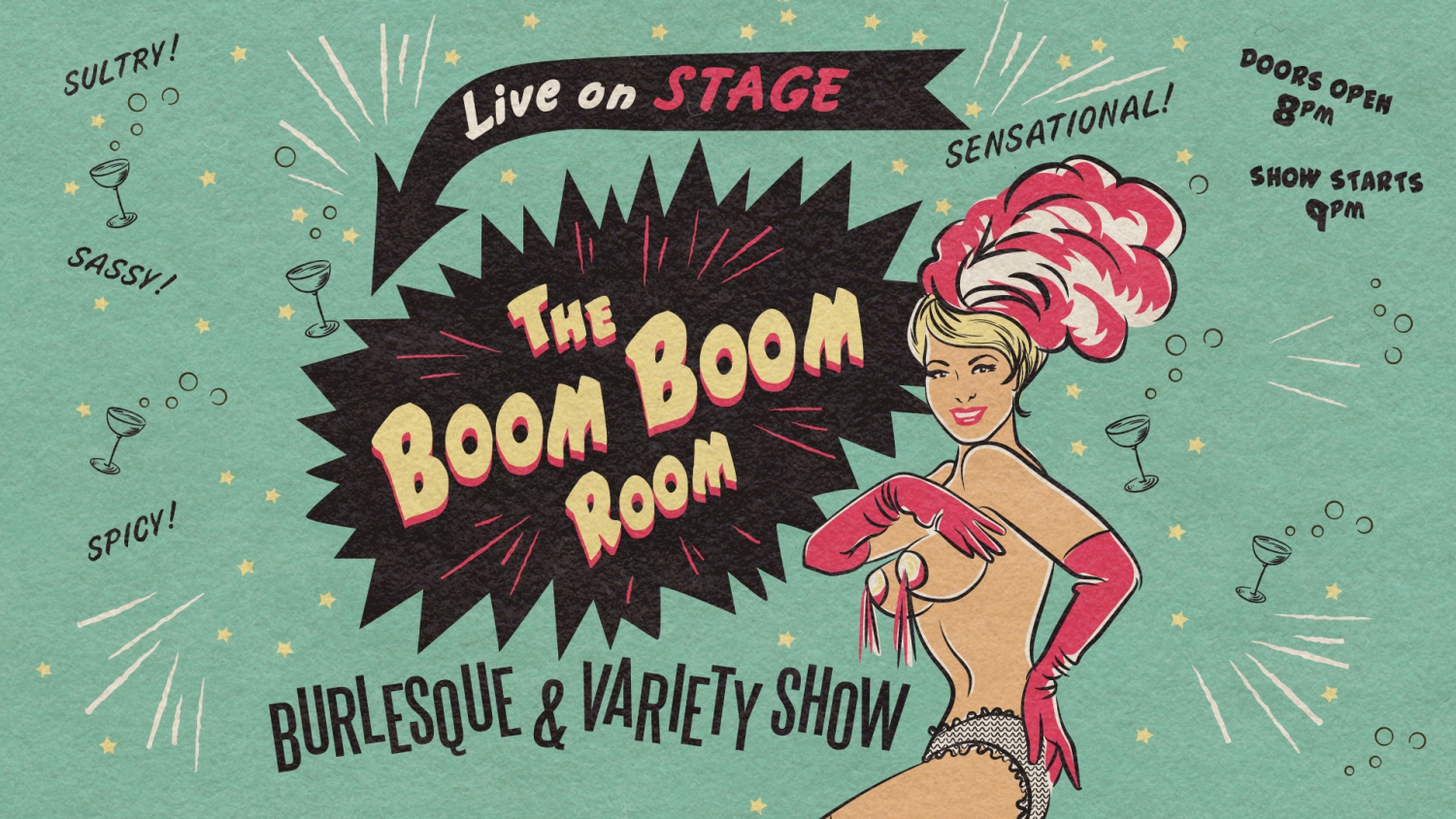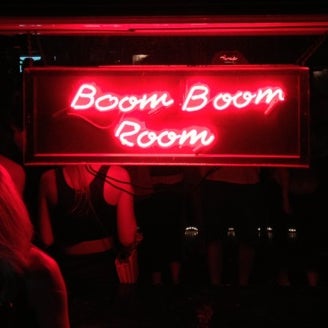

It didn’t hurt that the night also featured hosts including Stephen Wong-now half of fashion house Greta Constantine-and “untraditional boys in underwear doing their thing” as go-go dancers in the caged catwalk. Thursdays grew quickly to become the busiest night, and I learned to mix as I went along.” “I was packing the floor with sounds like “ Voodoo Ray,” E.S.P.’s “ It’s You,” and all the Ten City records I could get. “I’d like to think it was because of the music,” says the man who went on to helm CIUT’s popular Hard Drive show. “I wasn’t trying to prove anything vis-a-vis Queen West versus Church Street, but Boys Nite Out did prove there was gay club life beyond the gay ghetto. We were attracting major numbers of queers out of the established clubs in the Village, which had not happened before to my knowledge,” says Vandervoort. “Guys were coming down to Queen and Palmerston from Church and Wellesley. Not surprisingly, the night packed up with a fashion-conscious crowd, including a lot of gay men. Re-branded Boys Night Out, Thursdays became a Boom signature night. A queer rocker boy with a big love for Toronto’s after-hours house scene and clubs (including Twilight Zone and Tazmanian Ballroom), Vandervoort began playing a blend of house, disco and exclusive British 12-inches, sent to him by friends who had moved to London. Bass-and inadvertently helped lay the foundations for “Queer West” beyond Bathurst-in 1989, charged with the task of drawing a larger audience on Thursdays. He had developed a strong following while resident on Tuesdays at early Richmond Street hotspot Stilife, and had a wicked way of blending rock, funk, disco, acid house and more. The infamous raised DJ booth was hell to access-up a tall, vertical metal ladder-but provided incredible sightlines once records were lugged up.īoom Boom Room promo courtesy of Tim Barraballįor much of the Boom’s first year, DJ Richard Vermeulen worked its booth Thursday through Saturday. From there, one could play voyeur and watch people dance on the floor below or-after it was added a year later-in the showpiece metal “go-go cage” found directly across. The entrance, made of prison-cell bars, led to a catwalk lined by highway guardrails. The Ballingers chose a rugged and raw aesthetic, with metal and exposed concrete at the core of their 350-capacity space.

With the newly opened, artist-owned Mexican restaurant La Hacienda a couple of doors down (and the Bovine Sex Club not yet in existence), Boom Boom Room became Queen West’s new meeting place for punks, metalheads, fashionistas and assorted nocturnal creatures of all genders and orientations. In the late 1980s, Queen west of Bathurst was still the great unknown-wild and peppered with unique possibilities thanks to then-affordable rent. Photo courtesy of Kim Ackroyd.īoom Boom Room was well suited to its surroundings. Saturday night resident DJ Mr Pete (left) with Vince and Trish. In 1988, the Ballingers bought and renovated the building, turning the upstairs into Hotel Heartbreak-a hotel-cum-rooming house announced by a big, bold neon sign-and the downstairs into a “Rock ‘n’ Roll Danceteria” that was far more intimate and edgy than their other club efforts. Previously, 650 ½ Queen West was home, at street level, to live blues venue The Pine Tree Tavern, with a hotel above. Its success paved the way for future Ballinger club endeavours, including Go-Go, Rockit and, at the northeast corner of Queen and Palmerston, Boom Boom Room. In 1986, they converted the former Holiday Tavern at Queen and Bathurst into The Big Bop, a multi-floor rock and dance club that packed in the student crowd. The self-described “Rock ‘n’ Roll Farmers” from Dundalk, Ontario ruled the roost in mid-to-late-1980s Toronto. History: One cannot discuss this city’s nightlife history at any length without mention of the brothers Ballinger: Lon, Stephen, Douglas and Peter. In this instalment of her ongoing nightlife-history series, Denise Benson looks back at the notoriously decadent late-’80s dance club that brought metalheads and rap fans together, installed a hot tub and cages on the dancefloor, and effectively brought the “queer” to Queen West. Photo courtesy of Sofia Weber.Īrticle originally published February 1, 2012 by The Grid online (). Boom cage dancers Mikey (far left) and friends.


 0 kommentar(er)
0 kommentar(er)
